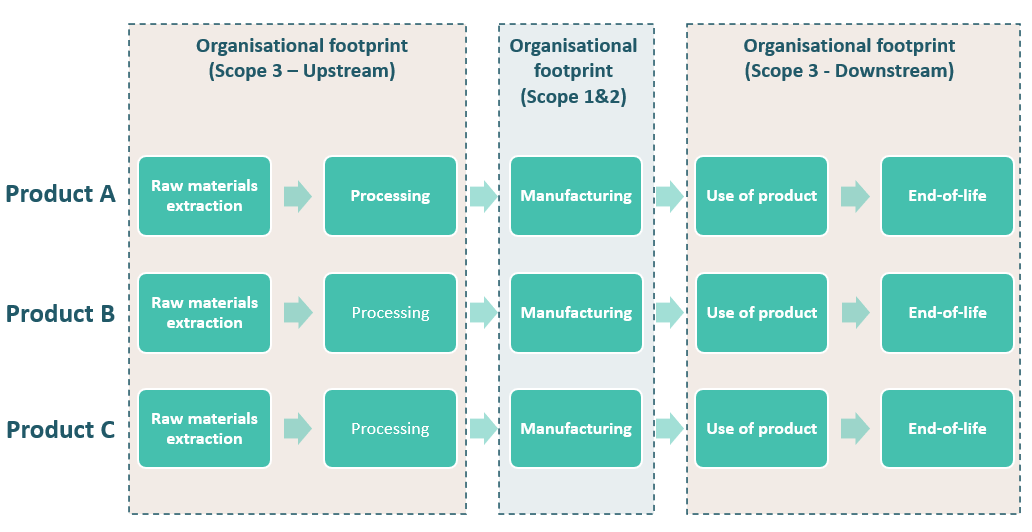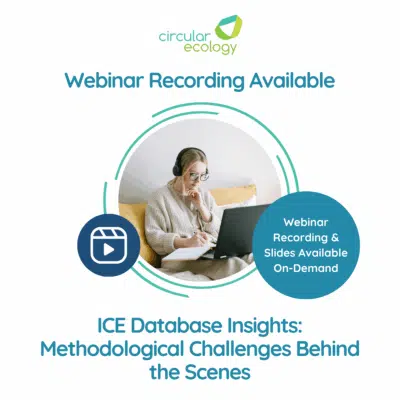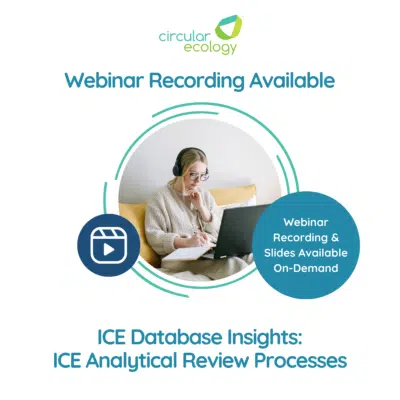In most cases, Scope 3 emissions constitute the largest share of an organisation’s carbon footprint. According to CDP, supply chain emissions can be 11.4 times higher than an organisation’s operational emissions on average. However, calculating emissions relating to your supply chain can often be a complicated, time intensive process, and as a result it can be hard to decide where to start.
Scope 3 emissions occur from sources right across the entirety of an organisation’s value chain, therefore covering activities that are not owned or controlled by the organisation itself. This lack of direct control and oversight can make it more difficult to gather the information and data required.
A major obstacle for many organisations trying to calculate their Scope 3 emissions can be the lack of information readily available, both when choosing the most appropriate activities for the organisation to tackle first, and also when gathering the data required in order to calculate Scope 3 footprints themselves.
It is highly recommended to break down this process into smaller, more manageable steps, by first identifying the most relevant areas based on impacts and/or importance to the business, before further developing more detailed footprint calculations for the most critical Scope 3 categories.
The process below shows the typical approach Circular Ecology takes when developing Scope 3 carbon footprints:








